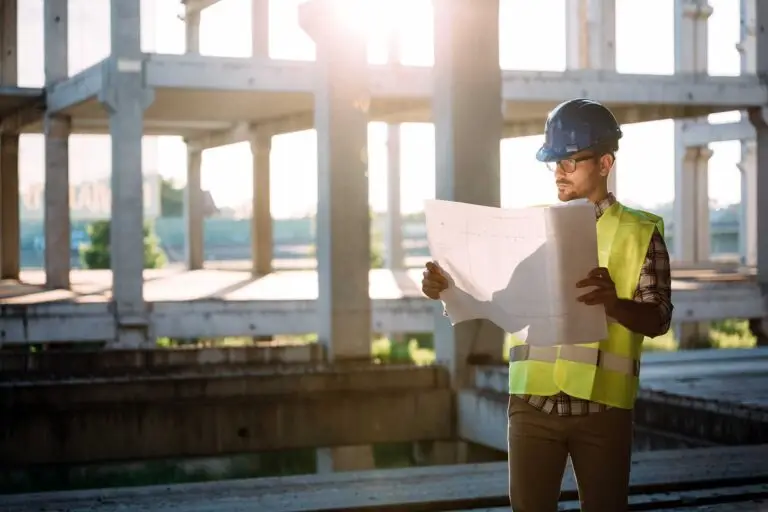The choice of resilient materials is crucial in the construction of durable and safe structures. In this article, we will explore the most robust materials used in construction and how they play a crucial role in the longevity of buildings and projects.
To view AH Construction’s projects click HERE
Fiber-Reinforced Concrete
Fiber-reinforced concrete is a widely used material in construction due to its resistance to compression and tension. Fibers, such as steel or glass, are added to the concrete to increase its load-bearing capacity and crack resistance.
Structural Steel
Steel is known for its strength and is used in beams, columns, and metal structures. Its ability to support heavy loads makes it an essential material in the construction of skyscrapers, bridges, and other large structures.
Laminated Timber
Laminated timber is an alternative to solid wood and is valued for its durability and strength. It consists of layers of wood glued together with great strength, making it ideal for beams and columns in wooden constructions.
Concrete Blocks
Concrete blocks are versatile and resilient. They are used for constructing walls and barriers due to their ability to bear vertical loads and withstand the elements.
Safety Glass
Safety glass, such as laminated glass or tempered glass, is used in windows and facades. It is highly resistant to impacts and breakage, enhancing safety in buildings.
Stainless Steel
Stainless steel is known for its corrosion resistance and is essential in environments where exposure to water and chemicals is common, such as industrial kitchens or medical facilities.
Carbon Fibers
Carbon fibers are extremely strong and used in construction to reinforce structures. They are lighter than steel and offer excellent tensile strength. The choice of resilient materials is essential to ensure the durability and safety of structures in construction. These materials not only provide a longer lifespan for buildings but also reduce long-term maintenance costs. The proper combination of these materials allows builders to create solid and reliable structures that withstand the test of time and the elements. The careful selection of resilient materials is a fundamental step in the construction of enduring buildings and projects.
To view AH Construction’s projects click HERE




